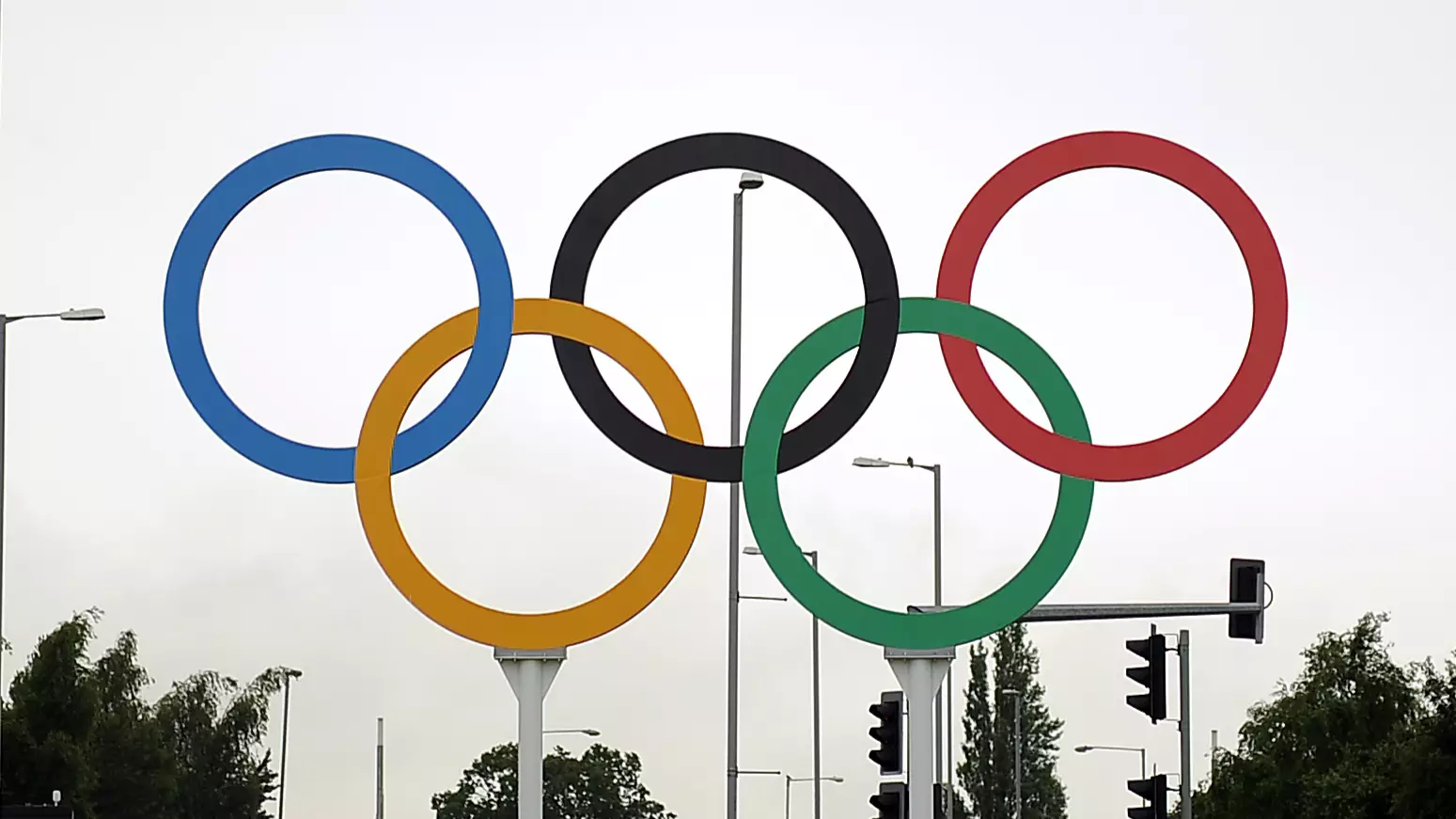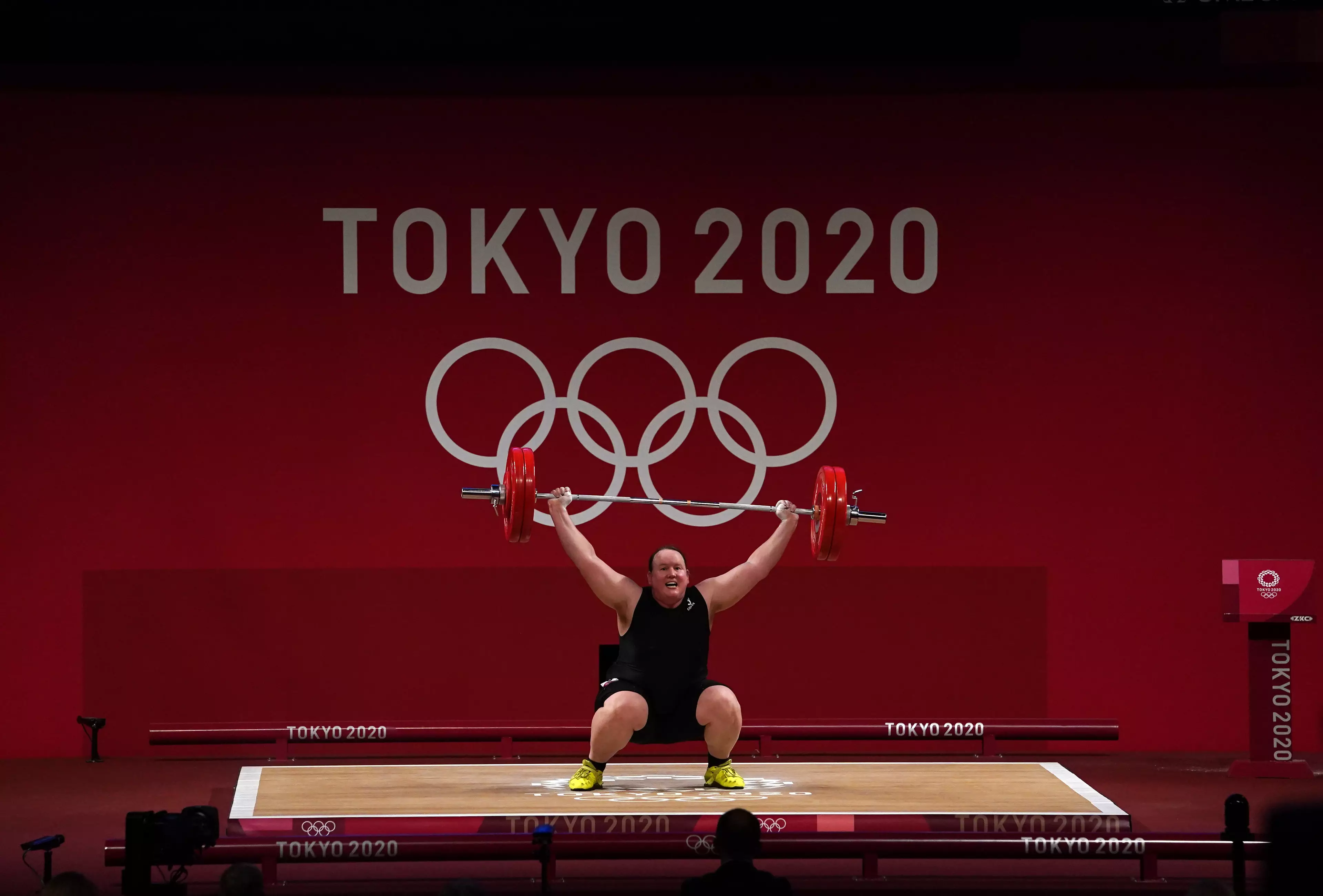
The International Olympic Committee said it will release new rules on how transgender athletes are allowed to compete.
There has been a lot of debate around one athlete in particular at the Tokyo Games and it's sparked a larger question of how to make sure sport is as inclusive and fair as possible.
Laurel Hubbard was the first openly transgender athlete to compete at an Olympics after qualifying in the women's 87kg+ event.
Advert
Her inclusion in the event came after the IOC made amendments to its qualifying guidelines in 2015, allowing trans athletes to compete in women's events.
As long as the athlete's levels of testosterone were 10 nanomoles per litre for at least 12 months prior to competition, they were eligible to compete.
However, the IOC has only just revealed they don't believe that 2015 ruling is relevant now.

Advert
The IOC's medical and science director, Dr Richard Budgett, said they will be looking at introducing a new framework.
"I absolutely accept that, things move on. At the time the 10 nanomoles per litre was set because we thought that was the lower level for men," he said.
"We know now that they go down to seven and women can be higher as well. Agreeing on another number is almost impossible and possibly irrelevant. You can debate that endlessly."
This was said a few days before Laurel Hubbard competed in her event yesterday (August 2) and he said the IOC will likely made an announcement in the next few months.
Advert
He insisted that fairness as well as inclusion will be focused on while drawing up the new rules. But he hinted that the guidelines will likely allow individual sports to choose what they want rather than give a 'one-size-fits-all' approach.
"There is some research, but it depends on whether you are coming from the view of inclusion as the first priority or absolute fairness to the nth degree being the priority," he said.
"If you don't want to take any risks at all that anyone might have an advantage, then you just stop everybody. If you are prepared to extrapolate from the evidence there is, and consider the fact the have been no openly transgender women at the top level until now, I think the threat to women's sport has probably been overstated."
He explained how it was important to draw a line in the sand when it came to top level rugby and trans athletes. That decision was based on safety and he indicated that could be introduced across other sports if they presented a case.
Advert
"It may be the right thing to do in many sports, because it is at the most elite level in their case that they are concerned about safety," he said.
"As you come down from that level you can start to prioritise inclusion more than safety. You can understand it. I think there is a legal element to this as well, they have really prioritised safety."
Featured Image Credit: PATopics: News, Tokyo Olympics